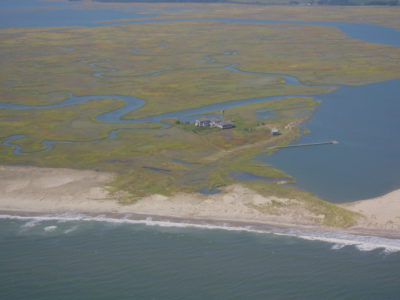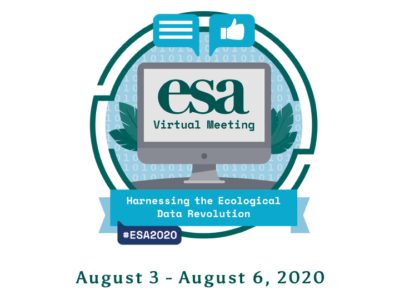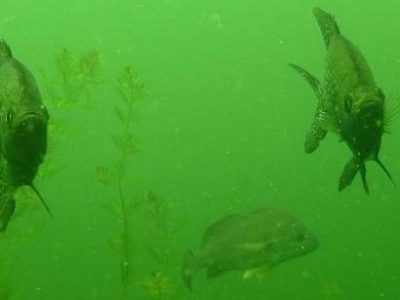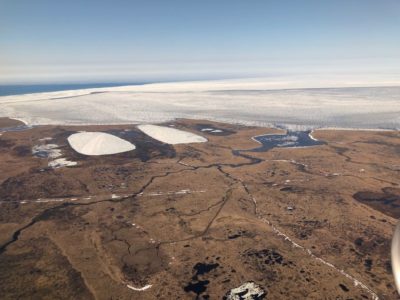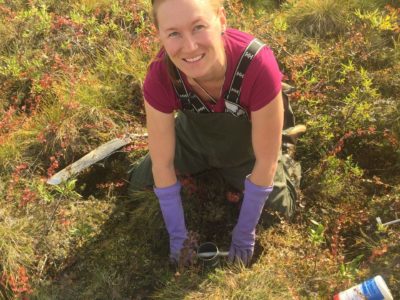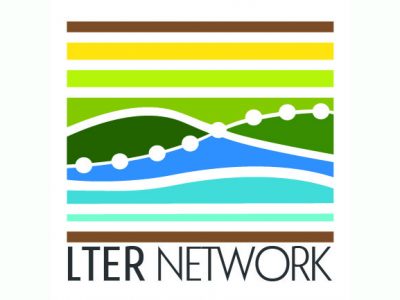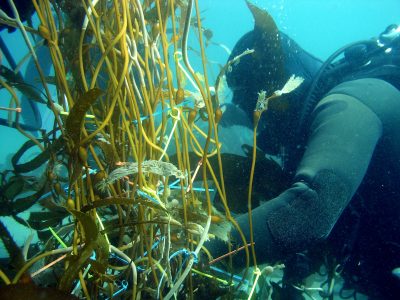LTER at ESA 2020

The year 2020 is the 40th anniversary of the Long Term Ecological Research (LTER) Network and we were looking forward to grand celebration at the Ecological Society of America’s 2020 Meeting. While we cannot share our enthusiasm in person this year, meeting participants will find a cornucopia of pre-recorded talks, online posters and live-online discussions…. Read more »



